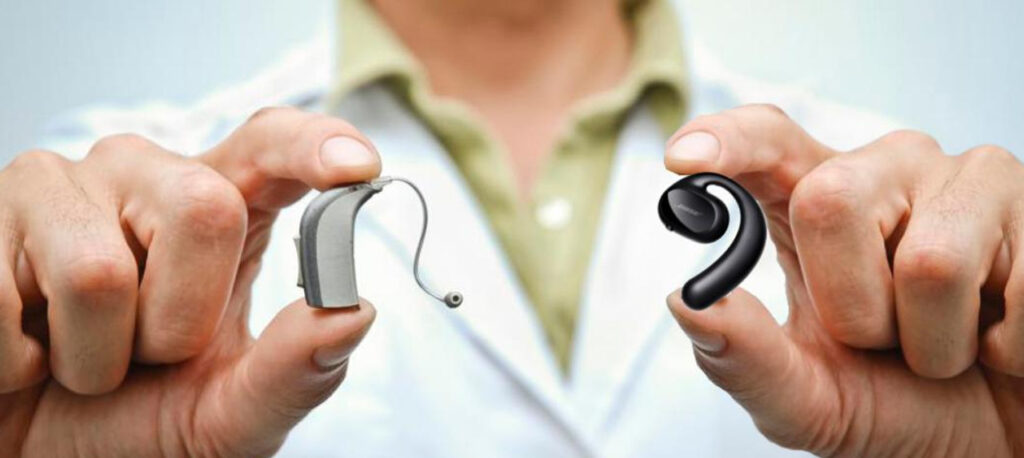
OTC Hearing Aids: Why So Slow?
Ended soon
Half a year has passed since over the counter hearing aids became available for sale. Where do things stand today? Not as far along as we’d have expected for a market estimated at 25 million customers in the U.S. alone. Is this category simply slow out of the gate or are there problems that are only just becoming clear?
Easy to Find?
Most potential buyers have probably never seen OTC hearing aids in the flesh. Where would they find them? Best Buy has done the best job at brick and mortar so far, with “Hearing Solution Centers” in 300 stores and a credible online hearing test. Results from these hearing tests – there are many out there – can vary substantially. To bring some order to that process and at least establish a common vocabulary of terms, the Consumer Technology Association has been working on a standard called “Pure Tone Average Testing Methodology and Reporting Metrics for Consumer Facing Hearing Solutions.”
Other big retailers are lagging far behind, and the lack of trained in-store personnel (not to mention product selection) might be a real market inhibitor. Target’s website offers 4 SKUs, with none available for immediate in-store pickup. Walmart.com shows 13 SKUs from 3 brands, again, none are available in-store. Amazon lists a whopping 232 products, but buyers beware – unless otherwise specified, the return policy is only 30 days and stipulates “original, unused condition.”
Easy to Shop For?
Beyond the purchase environment there’s the problem of market confusion. The FDA made sure to develop language and guidelines that distinguish between true hearing aids and personal sound amplifier products (PSAPs). The latter are designed for moderate hearing loss and don’t require an audiologist visit. Most OTC hearing aids available today are actually PSAPs. But since few consumers are apt to learn that acronym, PSAPs are typically presented as hearing aids, a term that everyone already knows. While there’s not much to be done about it, we can’t help but think of the returns problem, and with it, poor consumer sentiment that could permanently stain the category.
Adding to the confusion is the insistence on the part of many manufacturers be more than one product. While there are a handful of true medical-grade hearing aids that can stream music, practically all OTC products tout music listening along with hearing health. This fish-and-fowl approach may seem safe betting if you were targeting a younger market. But the real market opportunity skews older — a whopping 50% of Americans age 75+ have difficulty hearing. How many 75-year-olds do you know who spend much time with music streaming?
Easy to Choose?
There are more questions still. One of the motivations behind the OTC act was to make hearing health more affordable for seniors. Today, a slew of Medicare Advantage plans will cover some, most or all of the costs of (true) hearing aids, making OTC products less necessary. Then there’s the issue of differentiation – many makers are using the identical microphones and speakers that their competitors use. Worse, there are already dozens of cheap pop-up brands on Amazon with products that look virtually identical to the market leaders, with the same features touted. Will the experienced brands stick around? Bose didn’t.
Is Hardware the Point?
Finally, there’s the 600lb gorilla in the room – the prospect that like the smartphone or media streamer, the real value of this CE product is in the software, not the hardware. Of course, good speakers, mics and engineering do matter here. But all things being equal, the quality of the DSP processing almost certainly matters more, as does the quality and granularity of the user setup. One company that sees things this way is Sonical, which has developed a platform for audio apps and plug-ins that might well create a lingua franca for listening devices of all types.
It’s still early in the game for OTC hearing aids, and there are still a lot of opportunities out there. Let’s hope that they don’t get missed.
# # #

Senior Partner Lew Brown oversees bluesalve partners’ health tech practice. Lew has deep expertise in consumer IoT, consumer technologies and consumer goods, and excels in bringing new products and technologies to market.
